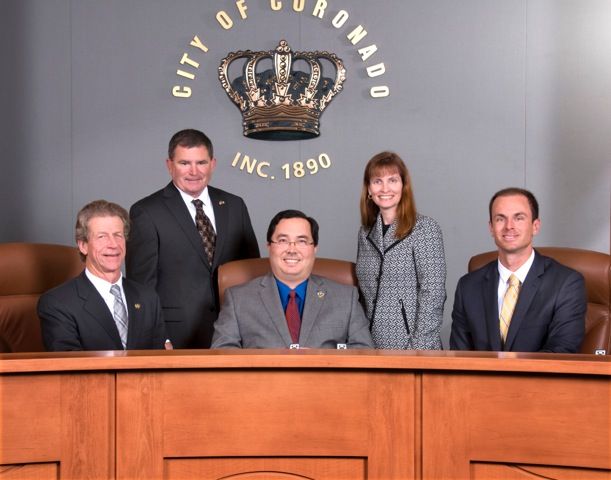For the past several months the city council has been wrestling about traffic safety on Third Street. Several months ago it approved exploring the possibility of installing cul-de-sacs as left turn restrictions on Third between the bridge and Orange Avenue or increasing the number of hours left turn restrictions would be enforced.
Before moving forward on either plan the council wanted to know how much it would cost to build cul-de-sacs and what impact these would have on traffic during peak traffic hours.
The report estimated costs at $75,000 to $110,000, plus an additional $350,000, at a minimum, for an environmental impact report.
The real cost would be in the impact these restrictions would have on traffic patterns, according to an analysis by traffic engineering firm Fehr and Peers.
The analysis studied three scenarios: existing conditions, left-turn prohibitions and cul-de-sacs. The report concluded that both left-turn bans and cul-de-sacs would increase vehicle delays that were “substantial and comparable, if not worse than, those experienced when semi-diverters were in place in 2003-2004.”
The report postulated that turn restrictions would add some 320 vehicles at peak hours to the signal at Third and Orange. This would add 34 seconds of delay per vehicle at that intersection. This would increase trip lengths and travel times for residents living on A, B, and C Avenues, who would have to drive to Orange then turn left on Fourth to get home.
All of this, the Fehr and Peers analysis said, would create a “queue on Third Street [that] could extend from Orange to the bridge.”
The report further concluded that “diverted traffic may have a significant impact on the environment and, at this time, mitigations to reduce the impacts to insignificant have not been tentatively identified.”
The city staff report emphasized that this assessment was based on keeping the existing left turn lanes on Orange. Councilman Richard Bailey has suggested lengthening the left turn lanes as a way to mitigate traffic delays people experienced in 2003-2004.
The city council requested the study in response to residents’ complaints about traffic safety in their neighborhood. In the past few years there have been two serious accidents and one fatality. Residents report many more near misses, with pedestrians and bicyclists trying to cross Third Street.
In 2003 the city council tried to resolve the problem by erecting semi-diverters. The resulting traffic jams incensed drivers. In 2004 a citizen initiative (Proposition M) was placed on the ballot. It passed overwhelmingly.
Because of Proposition M, any left-turn restriction would have to be approved by the voters.
On Tuesday, the council will decide if it wants to go forward with a ballot initiative to allow left-turn restrictions. Before it does though, a firm has to be hired to conduct an environmental review, and language for a ballot initiative has to be crafted. All of this has to be completed by July for the measure to appear on the November general election ballot.
Other items on the council agenda are:
Approve three condominium conversions on the 700 block of E Avenue and and 800 block of F Avenue. Two of the requests were made by Coronado Beach Villa LLC. It has asked the city to allow it to build four residential units at 708-718 E Avenue and six units at 841-855 F Avenue. The third parcel is owned by James Darnell. He wants to build a four units at 536-538 F Ave. All three projects are in the multi-family residential zone. None of the projects are expected to increase density. All three sites were previously occupied by apartment buildings. Two had 6 units, one had 10 units.
The council will vote on a number of commission appointments: design review, cultural arts, and the tourism improvement district. The mayor will honor retiring firefighter Brian Clark by proclaiming June 2 Brain Clark Day.
The council meeting begins at 4pm in the Coronado City Hall Council Chambers: 1825 Strand Way.





